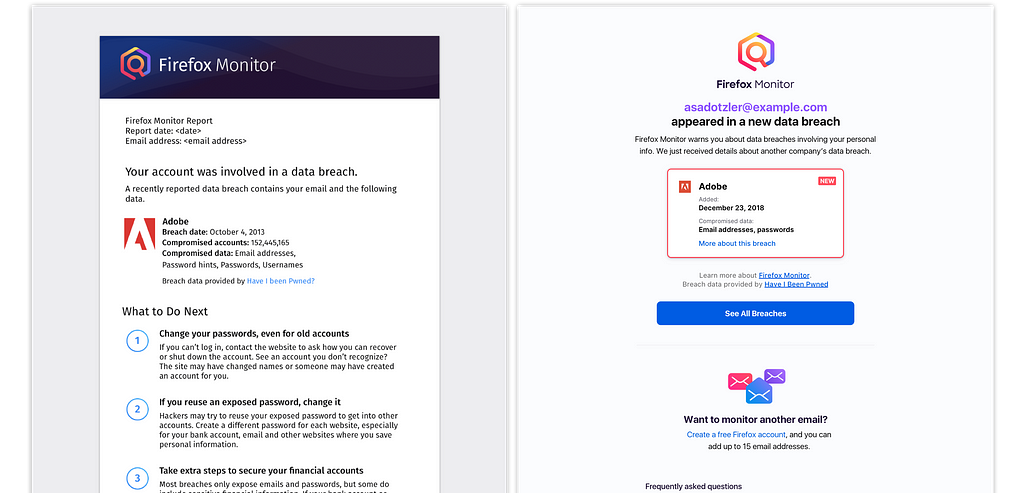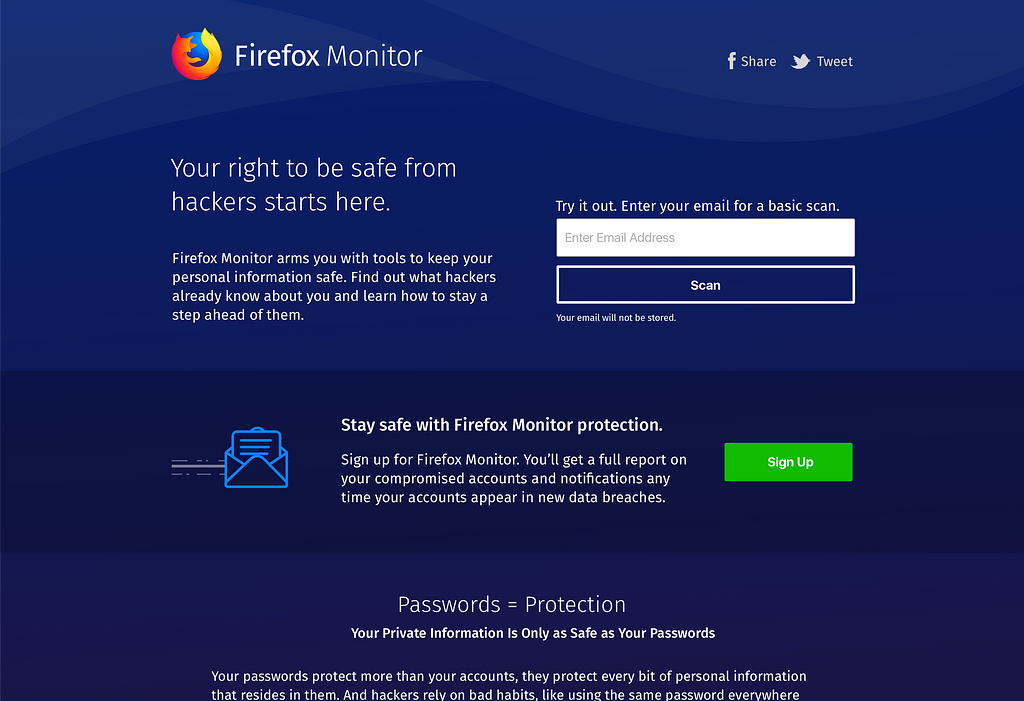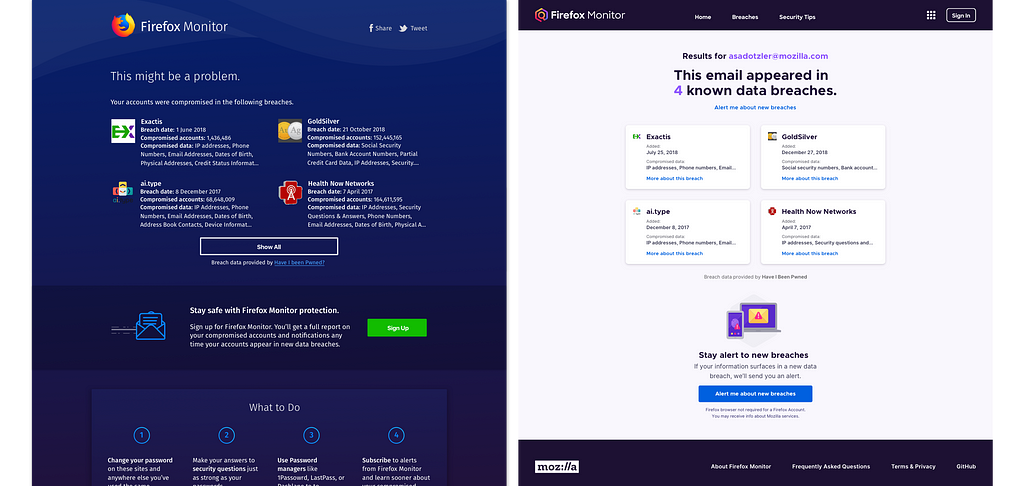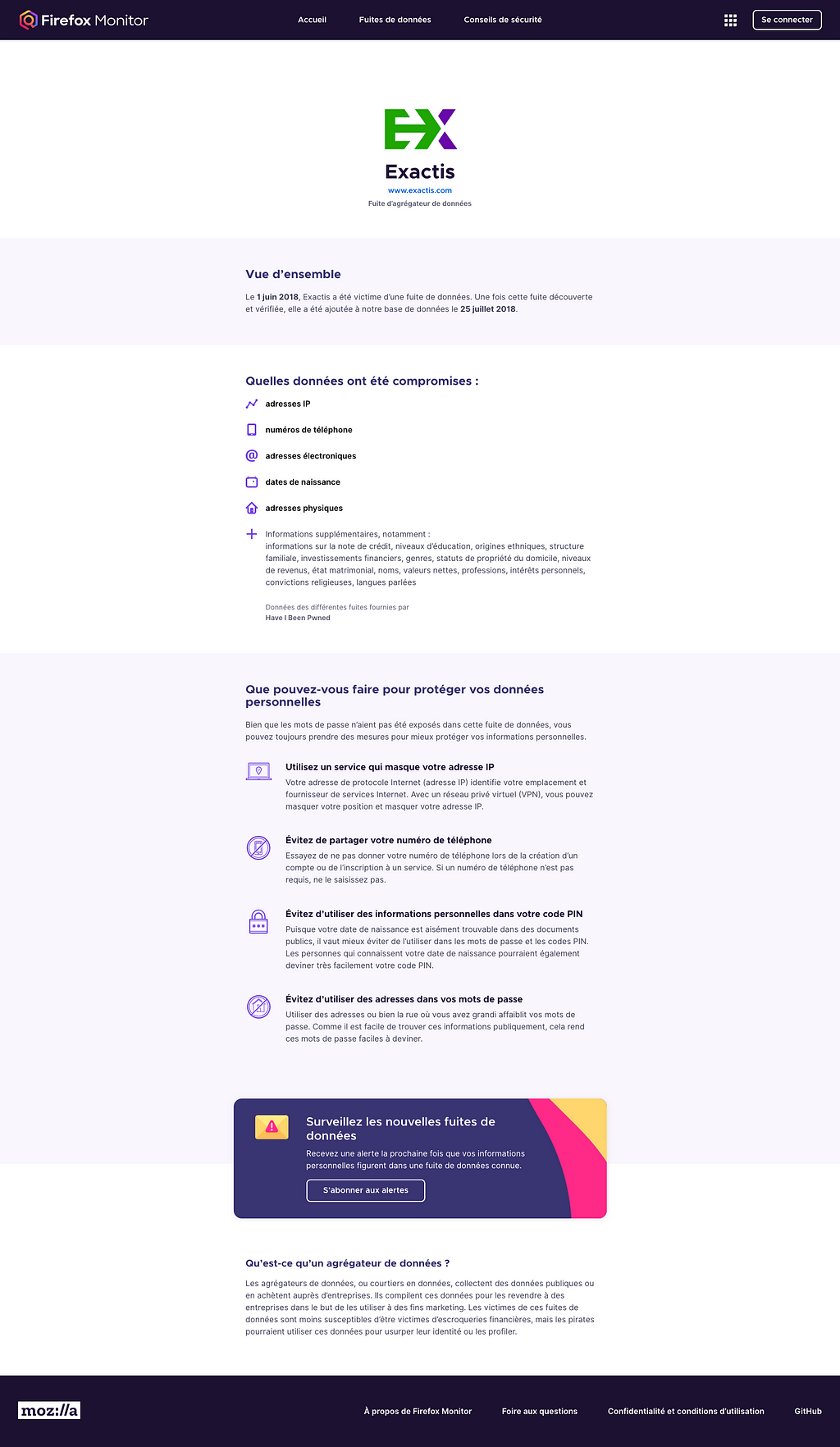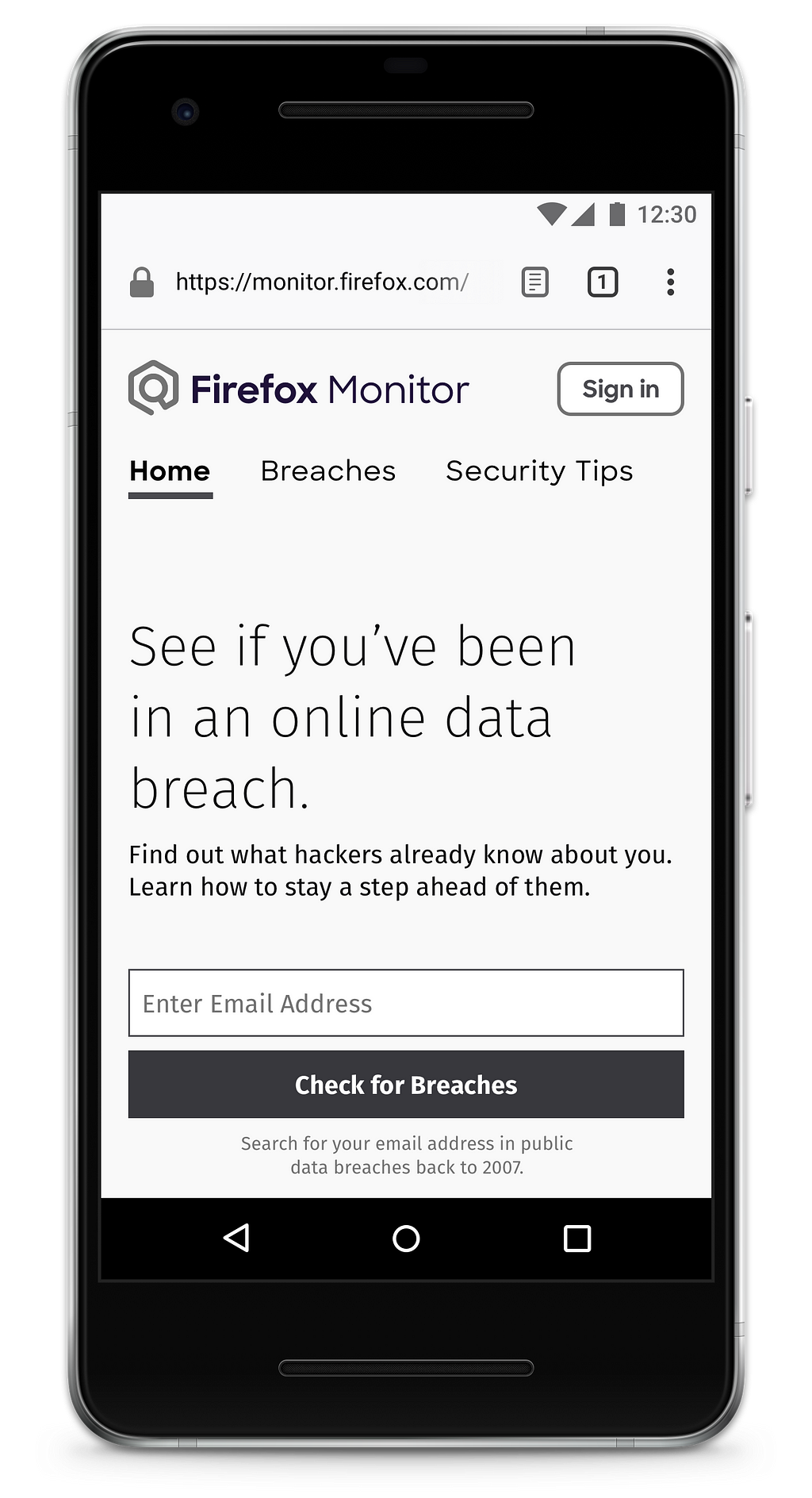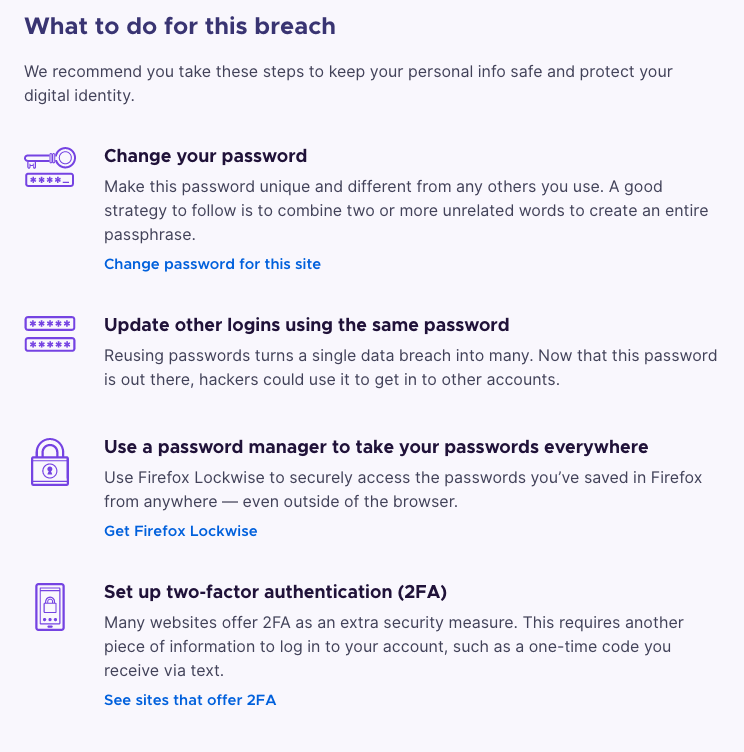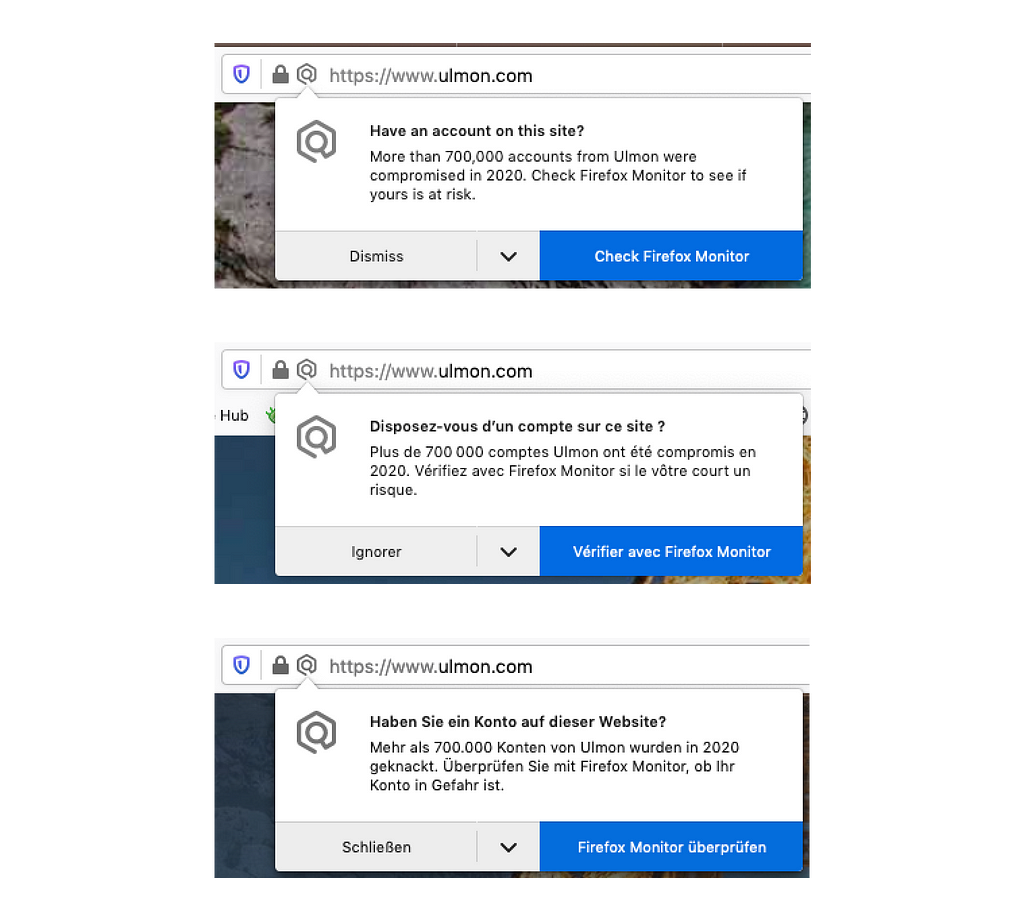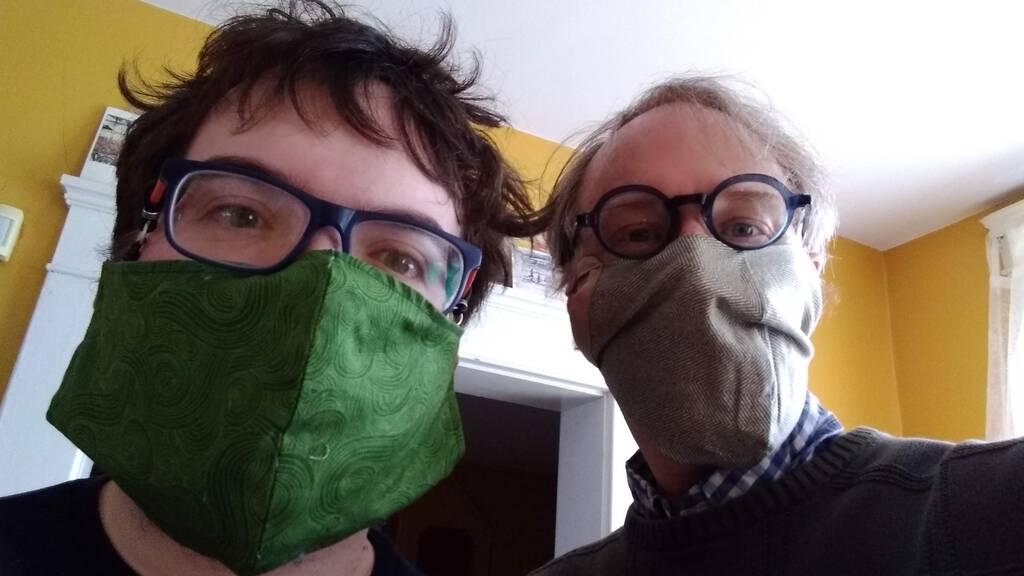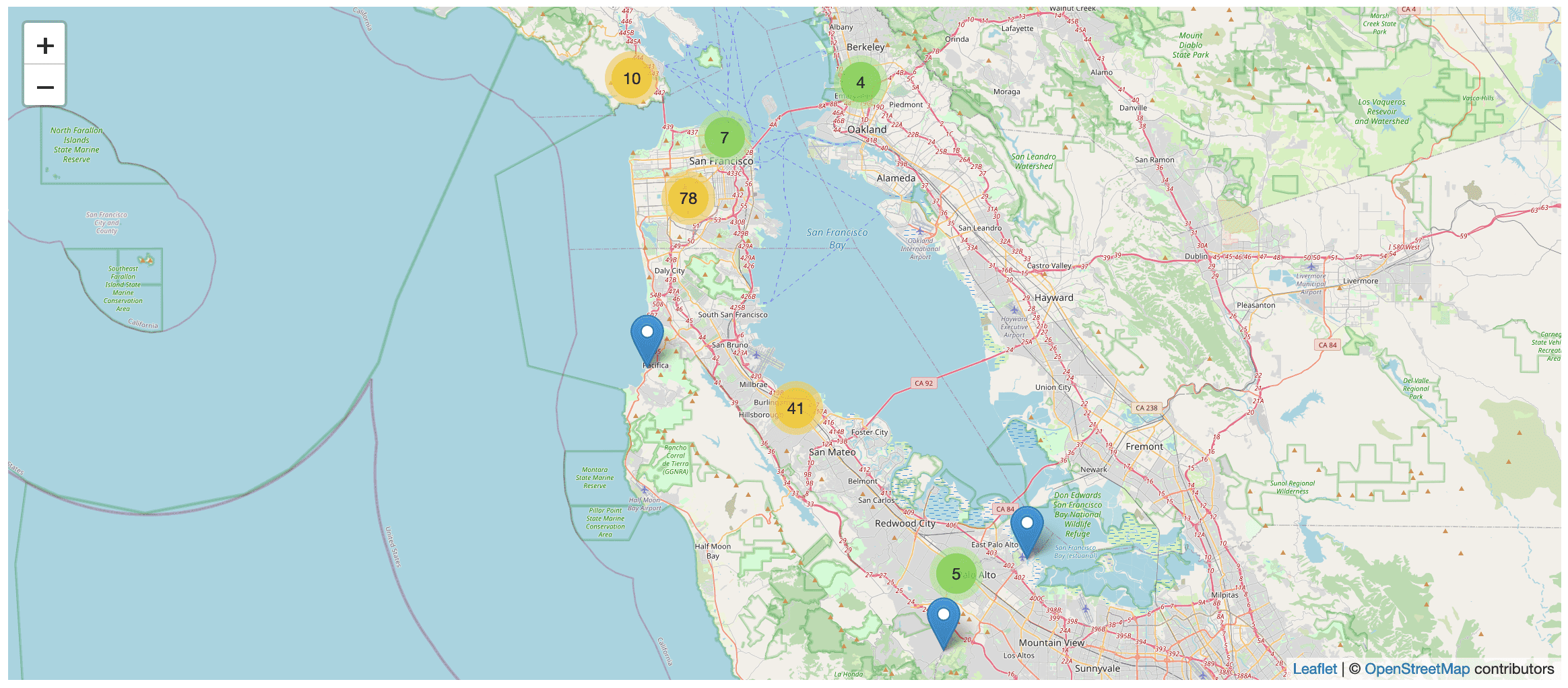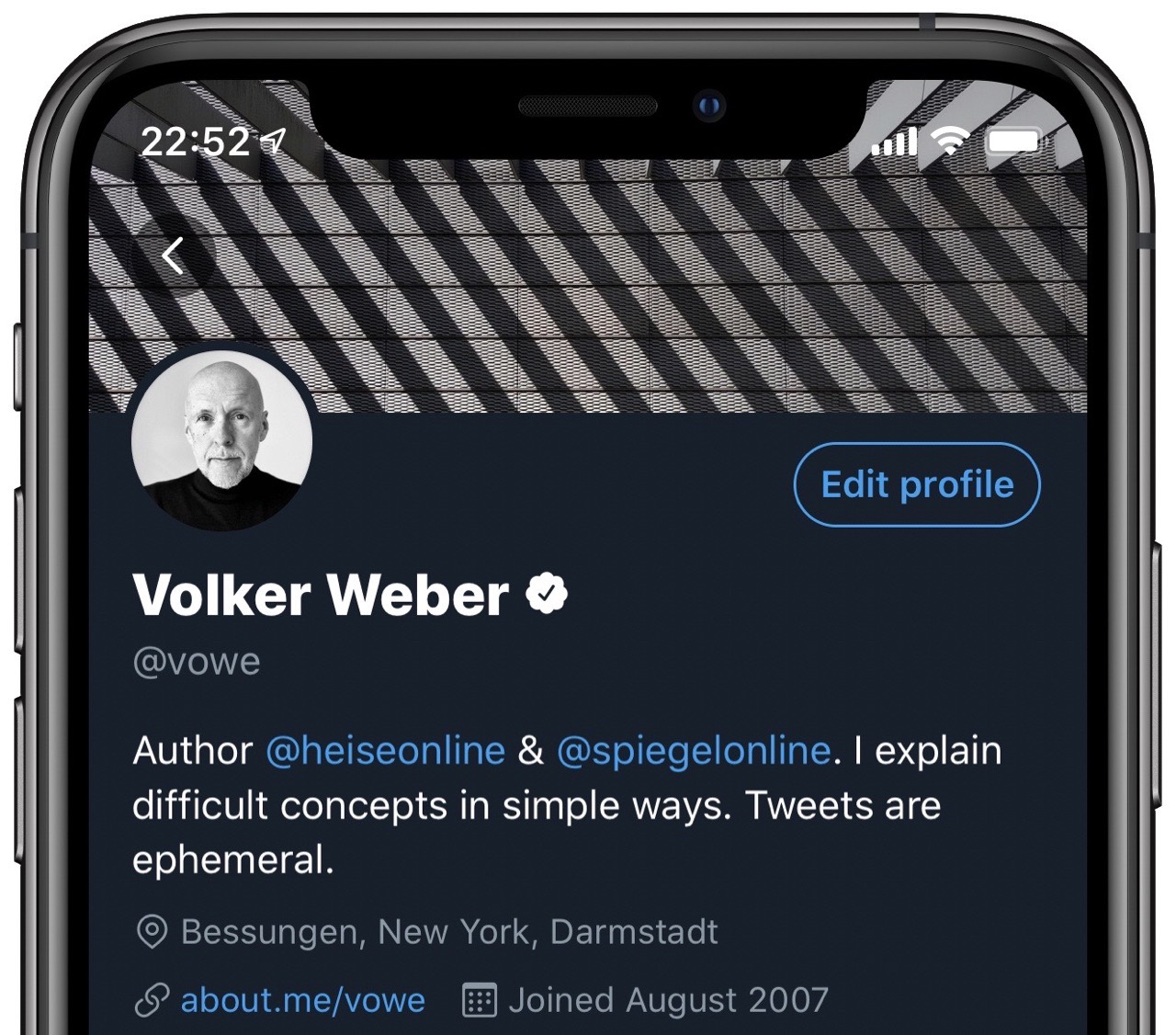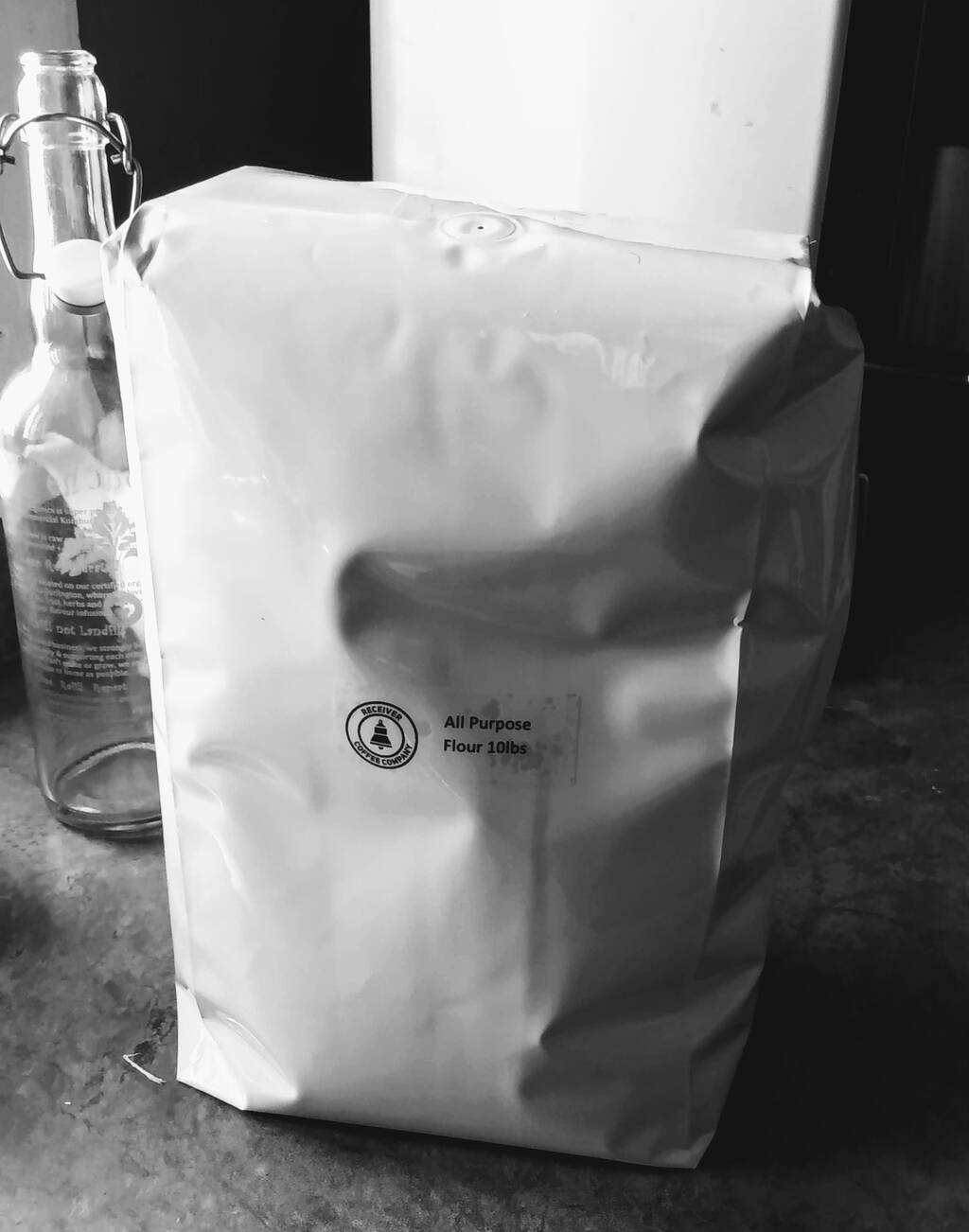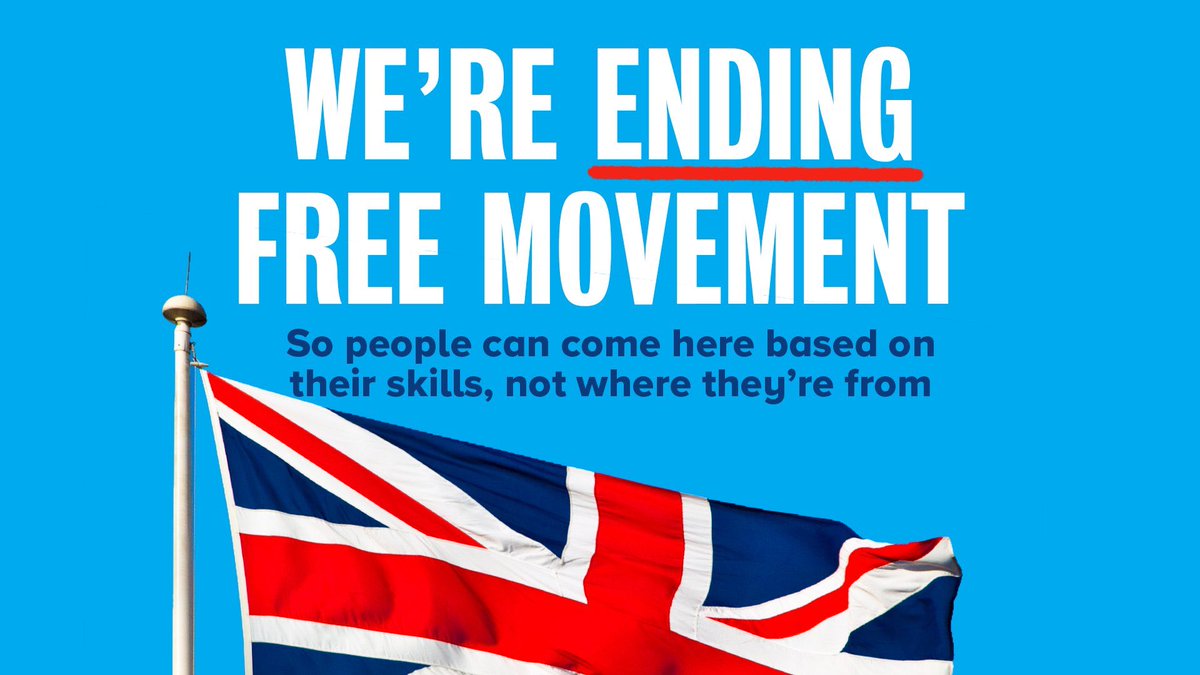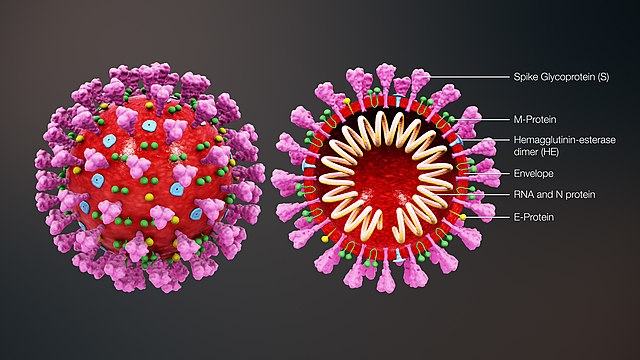
image from wikimedia — cc-A-SA 4.0
If you work for any progressive organizations, you’ve probably faced some situations where zealots with whom you usually agree are egregiously, even dangerously misinformed on some issue that ends up driving a wedge between you.
As someone loath to blame people or suspect their motives, I generally try to resolve these issues dispassionately, with information, facts and sensible arguments. But there are times when this approach fails, particularly when their belief has been engendered by someone they deeply admire and trust, through very slick and carefully worded campaigns.
Typical examples of such ‘wedge’ issues for progressives include EMF/5G, GMOs, and vaccines. Our trust of governments, regulators and corporations is at such a low ebb (for perfectly understandable reasons, given the seemingly boundless levels of corruption, incompetence, and overt greediness that has seemingly infiltrated too many public and private organizations), that we are now especially vulnerable to stories of government and corporate conspiracies, misconduct and cover-ups. And the fact that many in some countries cannot afford professional health care and have had to turn to largely-unregulated ‘alternative’ care practitioners who are often overtly hostile to the medical profession, doesn’t help the situation.
This distrust plays perfectly into the hands of terrified, bewildered, right-wing libertarian elements who want government and regulation completely dismantled and want everything privatized, no matter what its cost. They fear and distrust and work to dismantle almost every level of government, public service organization, and regulatory authority, and impugn highly-visible public servants, hoping, as they themselves openly admit, to be able to then “drown [government] in a bathtub”. The current fear-consumed US president has taken this hatchet-jobbery to an art form.
Of course, conspiracy theories always have a grain of truth to them, enough to duplicitously cast just a little doubt on everything that the target group or organization does. And conspiracy theory perpetrators and champions don’t last long unless they’ve polished their pitch and delivery and engrained their presentations with enough obvious secondary truths (and other beguiling logical fallacies and tricks) to the point just about anyone can be taken in. And the perpetrators’ sincerity is usually not in question — quite often they have themselves been duped by others they trust with compelling stories and misinformation designed to evoke a powerful emotional response (enough to overwhelm critical thinking).
The challenge with all conspiracy theories, unfortunately, is that it is exceedingly difficult to prove something is not true or did not happen. So when the conspiracy theorist tells a series of emotional stories, and then trots out some data that seems to support the conspiracy (which is usually a citation of some other article that cites some other article that either actually doesn’t back up the alleged data or cites a ‘scientific’ study that is bogus or biased or which doesn’t support the data at all), you sound like a knob for saying you can’t believe it (or you are gaslighted into thinking it just might be true). And then the misinformation is repeated by those gullible enough and predisposed to believe it, until it’s nearly impossible to refute. So you are left in the impossible defensive position of trying to argue that the conspiracy is not real.
This has worked for UFO and 9/11 type conspiracy theories for years, and has now paralyzed the climate crisis debate — “just prove to me that this didn’t happen, that this one study or story is not true or factual” — but in past the victims have usually been paranoid right-wingers predisposed to accept the worst about human (and alien) behaviour, and predisposed to accept anything that reinforces their beliefs and fears and is supported by their religion or ideology.
Recently, however, as more and more authority has been taken over by conservative and neoliberal individuals and their organizations, it’s some progressives who are now starting to see the hint of conspiracies everywhere.
We saw this first with GMOs. I don’t happen to like or buy foods with GMO components in them, but it’s not really because I think their genetically modified nature will make me sick. I oppose them because they’re patently (if you’ll excuse the pun) anti-democratic, and because the Roundup and other toxins that are subsequently sprayed on the plants that are genetically modified to be resistant to them) are not something I want to ingest. Although I am inclined to distrust products exclusively produced by Big Agra, I have to reluctantly accept that there is insufficient compelling data that shows these foods themselves to be ‘Frankenfoods’ that, in moderation, cause disease or health imbalances. I avoid them for my own reasons, but don’t think this is a useful battle for progressives when there are so many important ones to fight.
Likewise with 5G. I know people who are absolutely convinced that EMF makes them ill. I have no doubt they feel ill when they know they’re in the presence of EMF. But the science is absolutely and overwhelmingly clear, based on hundreds of not-sponsored-by-telecom studies, that EMF is not harmful, even in 5G doses. There are of course a few anecdotal studies that say otherwise, and I cannot disprove them, but the preponderance of evidence is clear. Again, I don’t like 5G, but that’s because it’s an atrociously expensive technology (and guess who will pay the insane costs for installing it?), for a negligible benefit, not because it’s a significant health hazard.
And then there are the anti-vaxxers, each with a personal story of woe that I cannot refute. But again, the overwhelming preponderance of evidence is that vaccines have saved hundreds of millions of lives and prevented even more from crippling and immiserating chronic diseases.
Of course vaccines are unnatural, and there’s where the terrain gets really slippery. The underlying assumption of anti-vaxxers is that the types of viruses and bacteria that cause pandemics and horrific suffering are, somehow, natural. They are not. While there are thousands of types of both, endemic in much of our world, they are in most circumstances exclusively present in and targeted to a single species. Crossing the species barrier is extremely rare, or was, until we humans started invading remote areas where we have no natural immunity to these particular viruses, and started farming and eating exotic species, and started factory farms that crowd billions of animals of species that we regularly eat into confined spaces soaked in antibiotics. The viruses and bacteria that breed and spread in these unnatural conditions mutate and reassemble quickly and readily, and it is these viruses and bacterial strains that are unnatural.
So vaccines are an unnatural response to an unnatural and lethal threat, mostly of our own making. And there is evidence that, until we introduced unnatural ways of relating to other animals, and began to congregate ourselves in unnatural densities, there simply were no pandemics. They are, like anthropogenic climate change and other human-created aspects of the sixth great extinction, a modern, unnatural phenomenon. And until we can find a way to live more naturally on the planet, in balance and relationship with other species (don’t hold your breath) we have no alternative but to use unnatural ‘antiseptics’ and vaccines to control the unnatural diseases we have created. By the 1980s this seemed to be a winning strategy — almost all infectious (to humans) diseases on the planet had been substantially eradicated. But then in the last few decades as factory farms and poaching and transport of exotic species have proliferated globally, there has been a huge new spike in infectious diseases. We know why, and there’s nothing natural about it.
So now we come to the latest battleground of truthiness that is poisoning and polarizing and distracting progressives and reasonable thinkers everywhere — ‘truths’ about CoVid-19.
It is really easy to spread misinformation about this virus and disease because we really know very little about it, and in particular how it is killing us. This is the perfect environment for conspiracy theories to emerge, especially when it’s concurrent with an era of massive fear and distrust of authorities of every kind.
There are three heroes of progressives, each with an army of faithful devotees, who have done particular damage to the progressive cause with reckless and dangerous and unsubstantiated claims about CoVid-19 in the last month or two. I have no doubt that, like the UFO believers and the 5G haters, they are sincere in their beliefs. But what they are saying is unsubstantiated or untrue, and their misinformation is dangerous.
Let’s take them one at a time — three sacred cows at once is too many, even though there are some overlaps between the sources of their misinformation.
First up is Charles Eisenstein. Charles wrote a wonderful book called Sacred Economics that explained in layperson’s terms how and why untrammelled capitalistic policies are bad for most of humanity, and how a better economic system might work. But once his crowds of adulating fans swelled to the millions, he began to believe his own press and soon started writing and speaking on just about any subject he was asked about. Two of his recent books — The Ascent of Humanity, and The More Beautiful World Our Hearts Know is Possible — lay out his humanist vision of a possible (perhaps even inevitable) global human spiritual uprising and reconnection with all life on earth, leading to a reinvention of all human systems and, as the title says, a better world. They are essentially religious tracts, very appealing if you share a humanist worldview, and underlying them is the same humans-are-the-chosen-species dogma that underlies most of the world’s religions. They were well received because so many people desperately want to believe this dogma of human specialness and limitless possibility ‘if only we put our minds to it and work together’.
As a result of these books his popularity soared further and he now essentially preaches sermons rather than providing us with any new or practical information. I keep expecting him to start wearing long silk robes.
I have no problem with preachers, as long as they don’t misinform people about the facts. But now this is precisely what the new guru of humanism has started to do.
In a wacky essay called The Coronation, he immediately launches into the core humanist dogma: “Covid-19 is showing us that when humanity is united in common cause, phenomenally rapid change is possible. None of the world’s problems are technically difficult to solve; they originate in human disagreement. In coherency, humanity’s creative powers are boundless.” If you don’t buy that, you are unlikely to read further, and if you do buy it, you’re likely to be willing to buy anything he says thereafter, no matter how ludicrous. What he says is:
- The mortality rate is likely “less than 0.1%” (strangely, he writes it as “0.1$” which presumably is a typo). The truth is it is likely more than 1.0%, as I’ve explained elsewhere.
- Our response to CoVid sets a precedent for the total suspension of civil liberties, total loss of personal privacy, state tracking of everyone’s movements, and state sovereignty over our own bodies (compulsory vaccination etc). It has nothing to do with public safety or welfare, apparently.
- “Those who administer civilization” (They’re not clearly identified, but apparently they include Bill Gates) will use CoVid-19 to seize complete control because that is “in civilization’s DNA”.
- Then, in one of the most manipulative, Trumpian statements I have ever read, he sets the reader up by saying this: “What I will say next is relevant whether or not SARS-CoV2 is a genetically engineered bioweapon, is related to 5G rollout, is being used to prevent ‘disclosure,’ is a Trojan horse for totalitarian world government, is more deadly than we’ve been told, is less deadly than we’ve been told, originated in a Wuhan biolab, originated at Fort Detrick, or is exactly as the CDC and WHO have been telling us.” Of course, he says he doesn’t know if any of this is true. He’s just sowing ideas in your head, especially if, like many of his adoring fans, you’re predisposed to believe one or more of these conspiracy theories. Nope, Charles isn’t saying he believes these conspiracy theories. He’s just throwing them out there for… what reason?
- We then get a laundry list of state interventions, real, possible and imagined, that impose controls on us or limit our freedoms. Lots of scary stuff.
- He then throws out some truly Orwellian stuff, bafflegab worthy of a Jordan Peterson, such as “A life saved actually means a death postponed.” Oh, OK then, no point in trying to save lives. “Totalitarianism – the perfection of control – is the inevitable end product of the mythology of the separate self.” Really? We should believe this unequivocal statement why? “Covid-19 will eventually subside, but the threat of infectious disease is permanent.” This is completely untrue. As noted above, infectious diseases were almost completely eradicated until we very recently globalized factory farming and exotic animal harvesting. And unlike Charles, I can provide credible citations to support that claim.
- And then: “Regimes of antibiotics, vaccines, antivirals, and other medicines wreak havoc on body ecology, which is the foundation of strong immunity.” Presumably then, since human activity created the infectious diseases that these human treatments attempt to mitigate, the right answer isn’t to fix the problem that produced the diseases, but to just stop treating them? I wondered how soon Charles would raise the anti-vaxxer flag.
- Next he does the straw man “it isn’t hard to imagine” ploy of painting a completely fearful, totalitarian future, presumably unless we accept what he says must be done (or will magically and inevitably happen). This is the stuff of cult leaders.
- Now we’re told that pandemic viruses aren’t unnatural (I dealt with that nonsense earlier), and that this one is really a messenger from nature telling us to shake off our shackles and rise up and create the “More Beautiful World Our Hearts… etc”. The people who died were, apparently, mostly sick and miserable anyway. In other words, our sick, un-free lifestyle has made their lives no better than death so let them die. And some technologies used to try to save lives might not have helped, so, I guess, why even try to use them? And, we’re told, herbs and “alternative modalities” have been unfairly ridiculed when there’s apparently lots of science that supports their use, so there must presumably be a conspiracy by “those who administer civilization” to force people to suffer and die needlessly by using dangerous commercial drugs and interventions instead. Really?
- Then, just before the end, comes the reassurance: “I’m not telling you to run out right now and buy NAC or any other supplement, nor that we as a society should abruptly shift our response, cease social distancing immediately, and start taking supplements instead.” Just as he’s not telling you CoVid-19 isn’t a GM bioweapon or a Trojan horse or the result of 5G. What he’s not telling you is, well, pretty telling.
- A coronation, of course, is the crowning of a new authoritarian leader. It’s a particularly maladroit title for an article ostensibly about throwing off authoritarian control. But of course the article doesn’t tell you how to create this “More Beautiful World etc”. As with all religions, the Humanist Coronation will seemingly happen through a spontaneous occurrence when the time is right (which is presumably now), when all of us will innately know just what to do. With the right spiritual leadership of course.
The upshot of this is that, like those people who refuse to treat their children with medicines because their illness is “God’s will”, many of Charles’ acolytes will take him to mean (despite his “not telling you” that) that the agonizing death of 75-80 million people from this plague (ten times more than his calculus) is unimportant, inevitable, a culling, a blessing in disguise. They will take him to mean that they should not social distance, that they should take herbs and not medicines, that they should not listen to medical experts, that they should under no circumstances be vaccinated. They will take him to mean that pandemics are “natural” and should be allowed to take their brutal course. They will take him to mean that there is a group, “those who administer civilization”, who are inherently and deliberately malevolent, who are conspiring to rule the world through secret bioweapons, violence and surveillance, who will exploit and lie about every human crisis solely to further their power, and that this group includes health care leaders.
I found this article manipulative and irresponsible. It’s a sermon with little useful information and considerable misinformation. It’s a disingenuous reinforcement of conspiracy theories. And I don’t even want to imagine the horrible consequences it could produce if enough people buy it. And I’m not the only one saying this.
I should also note that Charles is associated with a psychiatrist that the celebrity Goop group (itself pretty dubious) had to dissociate itself from over her dangerous misinformation and unsupported allegations — rabid anti-vaxxer Kelly Brogan, whose conspiracy theories eerily parallel the ones Charles lists but “isn’t telling you” are true (she blames 5G and the vaccine “industry” for Covid-19), and he’s also associated with her husband Sayer Ji, who runs the conspiracy theory and so-called ‘alternative’ medical information site GreenMedInfo. Enough said.
Next up is Zach Bush. Another young, slick anti-authoritarian pundit. Zach makes a living selling nutritional supplements that are made from… well… dirt, kind of. For $50 a bottle. So you can’t doubt his credentials. Here’s his pitch, in an interview with yet another leading anti-vaxxer, Del Bigtree. The video, like many of Charles’, has over a million views.
Zach is a regular attendee at “integrative medicine” and Autism One (anti-vaccine) conferences along with the likes of “Dr Mercola” and other disreputable health pundits. And what he says at them is not nearly as persuasive as what he says on the Del Bigtree video.
He is likely correct in stating that a whole plant based diet could prevent most of the diseases that are preconditions for CoVid-19 mortality, and that our bodies’ nutritional deficiencies and microbiome poverty are behind our susceptibility to infectious agents that cause many deaths and diseases, and that soil poverty and air and water and solid waste pollution can severely exacerbate our vulnerability to such diseases.
But that’s where we are, and to suggest that we should just reap what we have sown now and accept pandemics as nature’s way of balancing, is completely reckless — as I said, its cost would be about 75-80 million premature deaths (and with much lower life quality in the interim), versus those that have occurred so far with the social distancing and other procedures we’ve used to try to prevent these deaths.
He plays fast and loose with pandemic data, suggesting that because SARS and MERS were so low in transmissability (and hence were contained without the need for social distancing and a vaccine) that the same must surely be true for CoVid-19. He shows a similar ignorance to Charles’ over the likely true mortality rate of CoVid-19. He conflates the millions of harmless (to humans) viruses with the rare pandemic viruses that cross the species barrier and cause massive suffering and death. And his suggestion that the “excess deaths” worldwide since March compared to recent years are due mostly to citizens’ fear of going to hospitals and getting properly treated, rather than to the virus itself, and that the ‘real’ CoVid-19 death rate is probably very low, is unsupported and IMO deplorable.
One of his arguments is that the real syndrome that is present in a significant number of patients testing positive for CoVid-19 is hypoxia. There is in fact evidence that one of the ways CoVid-19 manifests is through clotting in the lungs, which leads to hypoxia, sometimes unnoticeable to the patient until it becomes suddenly fatal. Zach says that for them, hypoxia is the real killer, not the virus. So what if it is, and if so, what caused the hypoxia? Zach isn’t willing to tell us, apparently because he’s “making a movie about it” and because his clinic has been forced to stay closed due to the government lockdown so he can’t prove his hypothesis. Uh huh.
While he is cagey about what he says about vaccines, his statements are almost sure to appeal to and be misconstrued by anti-vaxxers to encourage them to refuse vaccines and hence imperil the rest of us.
His ignorance of epidemiology is dangerous: I worked with epidemiologists in emergency preparedness for a time after SARS, and the suggestion that the spread of viruses through global wind currents is only “a few days slower” than when they are transmitted by airplane travellers is just nonsense. The fact that millions of North America’s First Nations peoples died from infectious diseases brought in by European colonists is just one of many obvious refutations of that absurd claim (and they died long before the days of major air pollution, Roundup and the modern industrial food system that Zach blames for our modern susceptibility).
And his suggestion that CoVid-19 is just a catalyst that accelerates deaths that would have occurred soon enough already, due to patients’ poor nutrition, unhealthy lifestyles (and hence compromised immune systems) and local air pollution, is simply not supported by the data. The areas where CoVid-19 has hit hardest does not correlate at all precisely with either the areas with poorest nutrition or the areas with the worst air pollution. But he very selectively chooses correlations that support his reckless it’s-natural, let-it-take-its-course ideology.
But I’m sure he’s just as sincere as Charles.
Third in our Progressive Rogues gallery is Chris Martenson, another very persuasive, articulate speaker popular in “collapse” and Transition circles. He has recently used his considerable subscriber base to allege that CoVid-19 must have been manufactured in the level-4 Wuhan lab, and that that lab employed Dr Fauci to do top-secret, possibly nefarious research.
The insinuation is that the virus was caused by a negligent leak of bioweapons research, that there’s now a cover-up, and that CoVid-19 is a deliberately “weaponized” vaccine strain. Chris has apparently been swept up in the anti-Fauci campaign being run by yet more anti-vaxxers who have falsely accused Dr Fauci of abuse of authority during his early career, and have rushed together a conspiracy movie “Plandemic” suggesting that global scientists and certain big corporations are behind CoVid-19 and the authoritarian and “unnecessary” actions that have been taken to protect us from it. Plandemic was viewed by more than eight million people before social media began removing it for blatantly “false information” reasons, but only after Buzzfeed did an exposé on it. The film was boosted by the right-wing conspiracy group QAnon, which has thousands of members including Republican Senate candidates. From there it was picked up by several celebrity anti-vaxxers and by by the Reopen America network, the coordinated group of right-wing pro-militia, pro-gun organizations that orchestrated the recent armed occupations of statehouses.
As for Chris’ obsession with the idea that the “inserted” PRRA RNA sequence must indicate that the CoVid-19 virus was genetically manufactured, and that the only place in Wuhan capable of such manufacture is the one where top-security research was being done with the collaboration of Dr Fauci:
- The Wuhan lab, with Dr Fauci’s support, was studying the (unfortunately-named) Gain of Function potential of viruses. While conspiracy theorists equate that with bioweapons research, the US government is (and this site is not new) quite upfront about what Gain of Function research is for — disease prevention, containment and treatment. Pandemics are now a huge threat, and it only makes sense to employ major international collaboration to try to prevent and contain them.
- Virologists have been exploring how the CoVid-19 virus might have evolved the unusual PRRA sequence since it was first noticed, including open scientist-to-scientist discussion about whether it was or was not a natural occurrence. Back in early February there was a clear explanation for the PRRA sequence, and the categorical conclusion was: “The preponderance of evidence dictates that the PRRA sequence has been conserved in nCoV2019 from a long ago ancestor virus. It is not of suspicious origin…The definitive source of the pandemic is a mixed infection of viruses similar to SARS-CoV-2 and Bat HKU9 – copy choice error resulting in an insert in SARS-CoV-2 …[patient zero], infected in [a bat cave in] Yunnan, does not spread it there, but goes to Wuhan [new high-speed direct train service began in 2017], where he/she either falls ill or spreads it asymptomatically to another person, initiating the pandemic there. The initial outbreak occurs a short distance from the Wuhan train station for good reason – that is where it arrived. This accidental mixed infection in the wild, and infection of a human by some form of bush meat or bat guano, who carries it by high speed train to Wuhan – this is the most likely series of events leading to the pandemic. The only ‘laboratory’ required is the natural laboratory of the bat cave with multiple species of bats and bat coronaviruses.”
So: It didn’t even originate in “Dr Fauci’s” lab.
It’s a shame Chris has been duped by the forces of misinformation who seem inclined to see conspiracies everywhere, especially when they can pin them on government authorities (or on those who champion vaccines). Chris’ hyperbolic and unsupported accusations about CoVid-19 completely undermine the credibility of his work on collapse.
But — no blame. We can’t afford to waste time dealing with misinformation, and we can’t afford to try to blame any aspect of this horrible pandemic on anyone. And neither can we blame anyone for being taken in by conspiracy theorists, or blame the conspiracy theorists themselves whose only solace from the fears that obsess them is in trying to find simple, obvious explanations for what is harrowing but never simple, and rarely nefarious. We just don’t know enough about this virus yet to blame anyone for their possibly naive but well-meaning beliefs and behaviours. Even the conspiracy theorists are doing their best.
But what we do know (almost assuredly) is that without continued social distancing and other restrictions, and without a gigantic increase in testing and tracking and isolating of infections, and probably without a safe and reliable vaccine (which may never come) tens of millions of people will die horrible deaths prematurely and unnecessarily. We do know that vaccines protect and save many, many times as many lives as they harm, and that they don’t work when a significant proportion of the population refuses to take them for religious or ideological reasons. We do know that tens of thousands of medical workers, and many others, are putting their lives on the line every day to try to mitigate the effects of this pandemic, and that medical and scientific experts are giving us the best available advice on what we can do to help, based on the preponderance of real science available thus far.
So please be careful when someone suggests to you, no matter how persuasively, that pandemics are natural, that medical experts are deliberately lying to us, or that there is a cabal of evil-minded people slowly and surreptitiously taking control of “the world”. We should all know better. And in the present crisis, the cost of getting sucked into such conspiracy theories is far too high.







